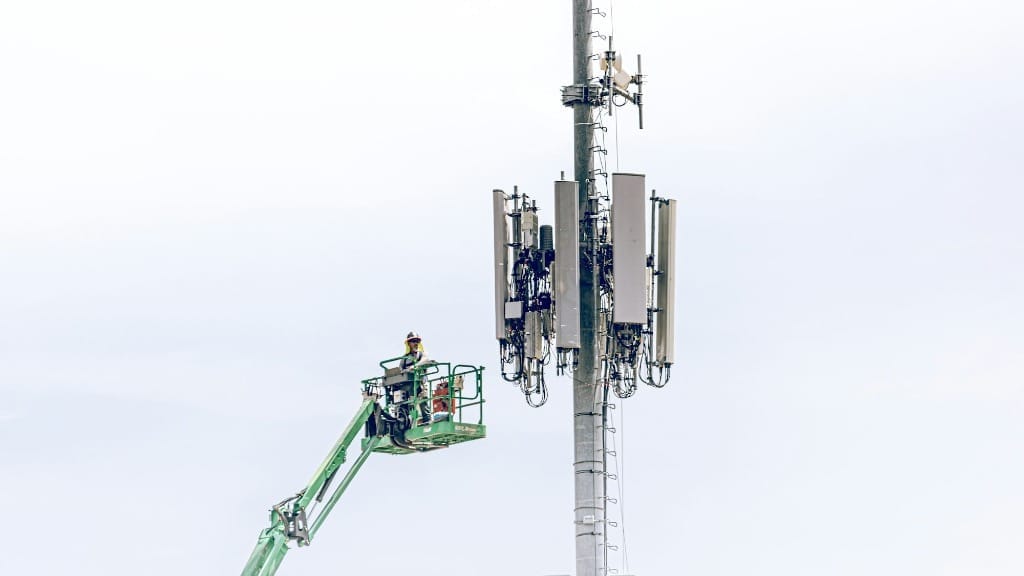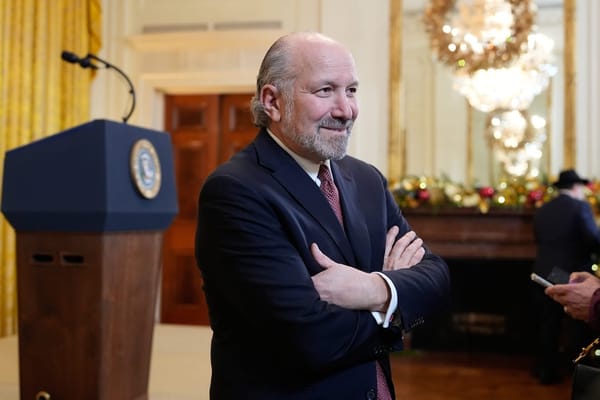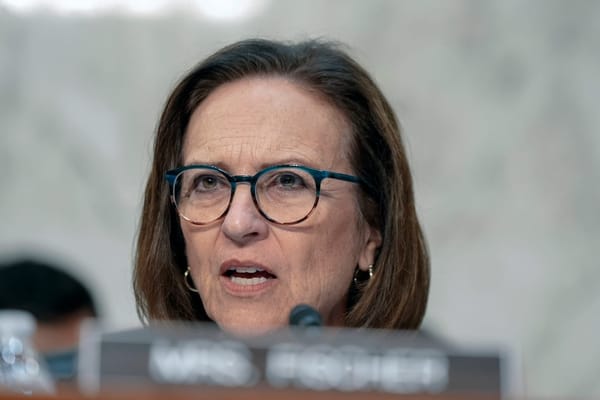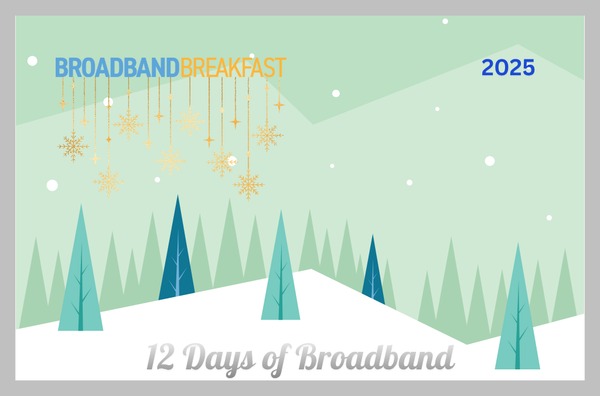Fiber, Fixed Wireless Connections Rose in 2023: FCC Marketplace Report
The biannual report detailed the agency's latest national subscriber figures.
Jake Neenan

WASHINGTON, Jan. 3, 2025 – The Federal Communications Commission found fiber and fixed wireless broadband connections increased in 2023, while DSL fell and cable remained steady.
The agency released its biannual report on the communications marketplace on Dec. 31, 2024. The 314-page document took stock of the fixed, mobile, and satellite broadband markets, plus telephone, video, and radio broadcaster services. The two Republican commissioners dissented, arguing again for viewing the markets for fixed and mobile broadband as converged rather than distinct.
For the 12-month period ended Dec. 31, 2023, the FCC found fiber connections increased by 3.6 million to a total of 28 million, while fixed wireless connections increased by 2.3 million, hitting 6.8 million in total. DSL dropped by 3.1 million to 10.6 million, while cable lost just over a million connections for a total of 73.4 million.
The trends continued in 2024. The big mobile carriers finished the third quarter with more than 10 million fixed wireless customers, while AT&T pushed ahead with its copper retirement plans and fiber additions were generally positive. Cable giants continued to shed subscribers, but remained some of the largest ISPs in the country.
The FCC found fiber still wins on speed, but that cable was catching up. About 55 percent of those fiber connections advertised download speeds of at least 940 megabits per second, compared to 20 percent of cable connections, according to the FCC. The agency noted that this was the first marketplace report to use its newer, more granular broadband coverage data.
The FCC found nearly 29 percent of the country’s households had access to only one 100 * 20 Mbps fixed broadband provider in December 2023, down from more than 36 percent the year before. The U.S. has about 131 million households, according to the Census Bureau.
On the pricing front, the agency analyzed 45 fixed broadband plans from the 10 largest ISPs. It found a weighted average of $51.28 per month for fixed wireless, $70.35 per month for DSL, $93.91 per month for cable, and $160.34 per month for fiber.
The report noted all but three of the analyzed plans had a non-promotional price that was higher than the advertised price, which can include new customer deals and autopay discounts. Non-promotional prices were on average 20 percent higher than the advertised price, according to the agency’s recently implemented broadband nutrition labels.
The FCC also analyzed mobile prices, which it noted were difficult to compare because of the variety of plans and bundles on offer, but the report said generally those prices remained consistent. The report noted concentration in the mobile wireless market is still high in the wake of the T-Mobile/Sprint merger. T-Mobile is in the process of acquiring UScellular, a smaller regional carrier.
GOP Commissioner Brendan Carr, the incoming chairman, said he would “correct course” on the agency’s next marketplace report in 2026.
“Instead of providing an accurate assessment of the converged market for communications services, the Commission continues to use a decades-old approach that looks at each broadband technology—including mobile, fixed, and satellite—as services that compete only in distinct and separate silos,” Carr said in his statement. “That is not at all a reflection of the dynamics at play in the real world today.”
He also took issue with the report expanding “its scope into various ‘equity’ considerations” and for “declaring that the availability of certain technologies is overstated in the FCC’s own broadband map.”
For its part, the agency argued in the report that “many households continue to subscribe to both fixed and mobile broadband service, suggesting that these separate services offer benefits that are either complementary or independent of each other.”
The FCC cited census data showing nearly 80 percent of internet subscribers have both fixed and mobile plans. Of households with only one kind of service, most chose mobile only broadband.









Member discussion